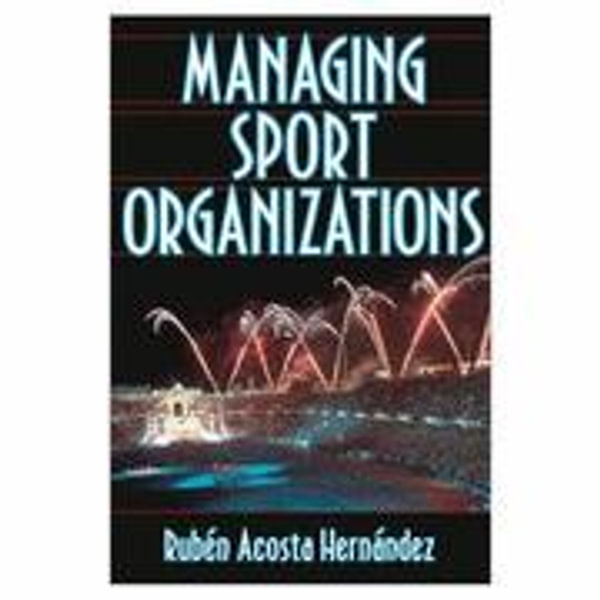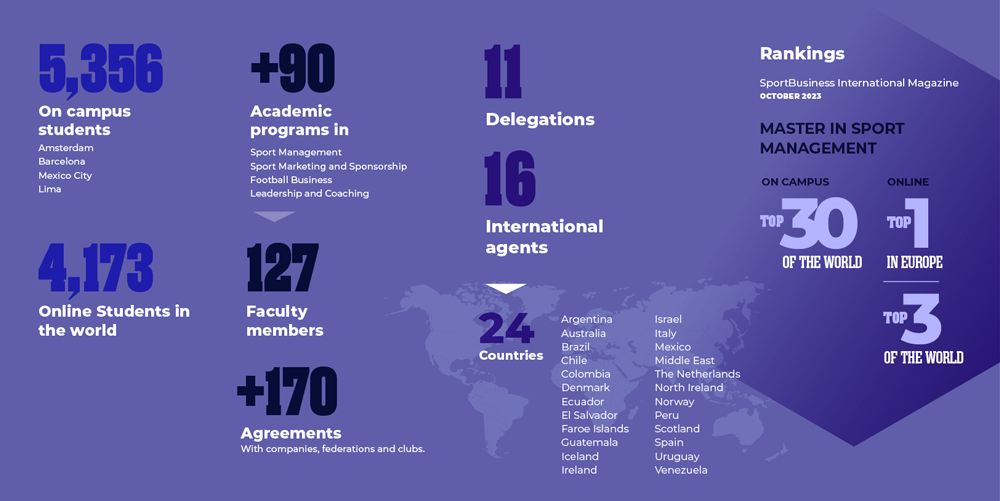Managing a sport organization can be a challenging but rewarding task. Whether it is a professional team, a college program, or a community league, there are many factors to consider in order to ensure the success and sustainability of the organization.
One of the key aspects of managing a sport organization is financial management. This includes setting and managing a budget, generating revenue through sponsorships, ticket sales, and merchandise, and controlling expenses. It is important to carefully plan and allocate resources in order to meet the financial goals of the organization, while also ensuring that the necessary resources are available to support the team and its activities.
Another important aspect of managing a sport organization is personnel management. This includes hiring and managing coaches, trainers, and support staff, as well as managing the athletes themselves. It is important to create a positive and supportive team culture, and to ensure that all team members are committed to the success of the organization.
In addition to financial and personnel management, there are also a number of logistical considerations that must be addressed in order to successfully manage a sport organization. This includes scheduling and organizing practices, games, and other team activities, as well as securing facilities and equipment. It may also involve coordinating travel and accommodations for away games, and managing media and public relations.
Effective communication is also crucial for managing a sport organization. This includes maintaining open lines of communication with team members, staff, and other stakeholders, and keeping everyone informed about important updates and decisions. It is also important to listen to the concerns and ideas of team members, and to encourage a collaborative and inclusive approach to decision-making.
Overall, managing a sport organization requires a wide range of skills and expertise, including financial management, personnel management, logistics, and communication. It is a demanding job that requires strong leadership, organization, and problem-solving abilities. However, with careful planning and execution, it is possible to successfully manage a sport organization and contribute to its ongoing success.






